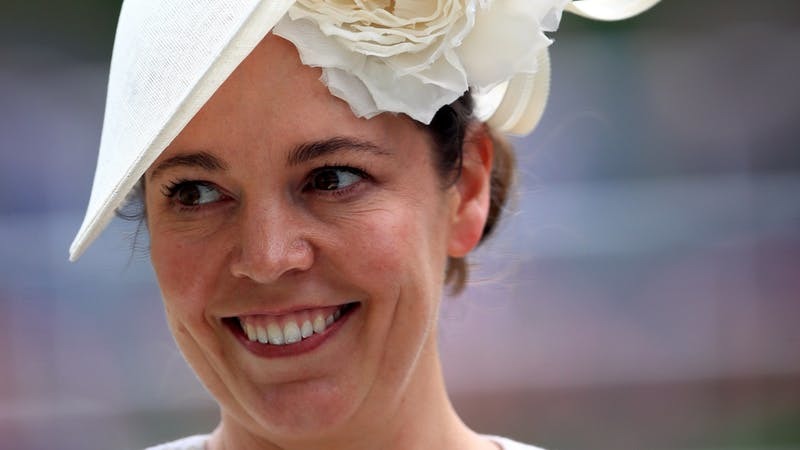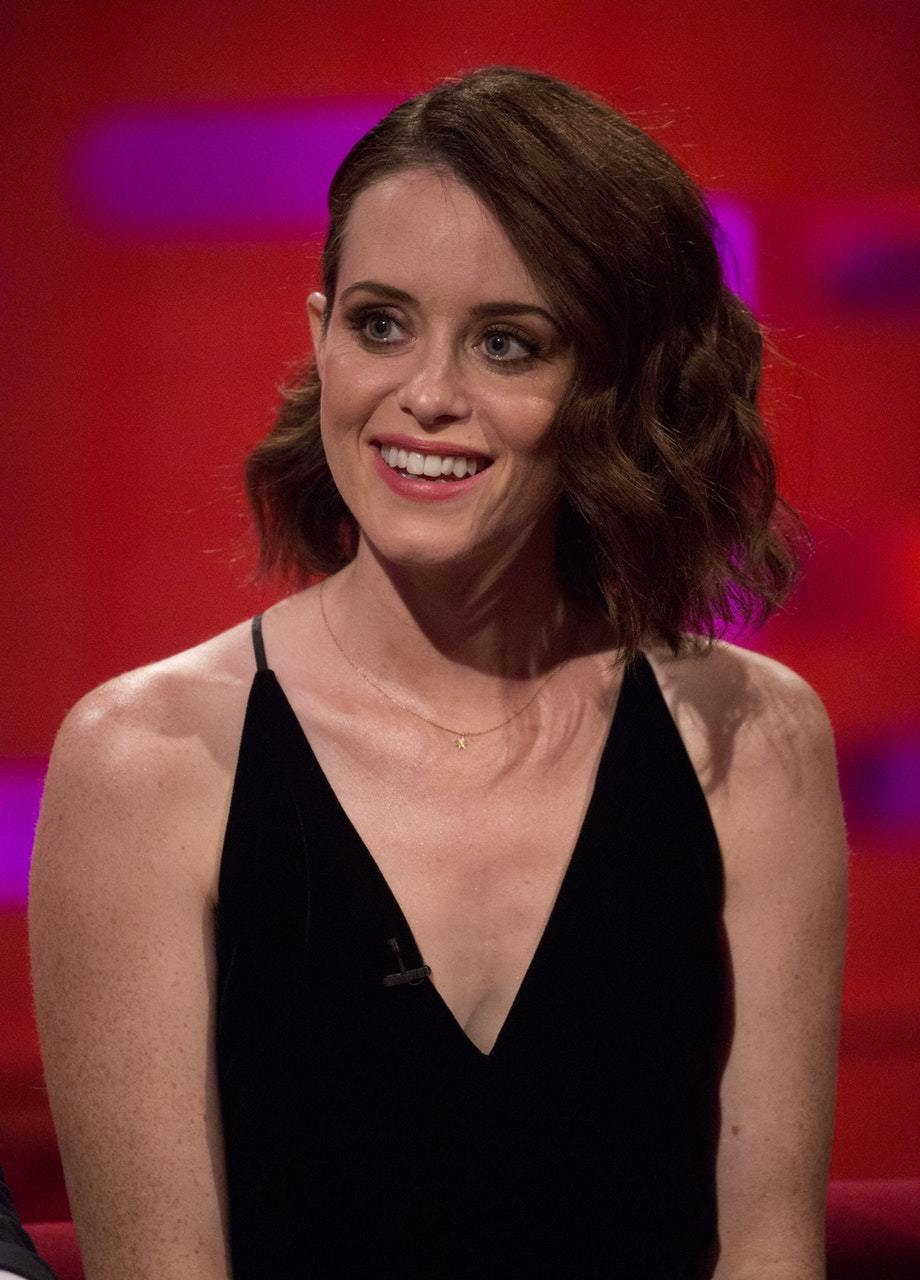
BROADCHURCH star Olivia Colman is set to play The Queen in the next two series of Netflix drama The Crown.
The 43-year-old will take over from Claire Foy, who returns to Buckingham Palace in season two, due for release in December.
The critically acclaimed show charts the life of Queen Elizabeth II, and will cast new actresses in the role every two series.
Colman, who won a Golden Globe for her role in BBC hit The Night Manager, will reportedly begin filming episodes in 2018.
It is not yet confirmed yet who will take over the role of Prince Phillip from Doctor Who actor Matt Smith.
Appearing on The Graham Norton Show, Foy said: “This is the last stint, it’s over, I’m done. I always knew it was only going to be two series and then the part would be reincarnated and someone else takes over.
“That’s the nature of the part.”
Foy won a Golden Globe and TV Bafta for her turn as the monarch, whom she has portrayed during the early years of her reign.
The lavish biographical drama series, created by Peter Morgan and which also stars John Lithgow as Winston Churchill, Vanessa Kirby as Princess Margaret and Victoria Hamilton as the Queen Mother, debuted last year.
The series started in 1947 and ended in 1955, portraying the earlier days of the Queen’s reign.
The second season is set to pick up in 1956 and will continue through to 1963.
It is thought to have been the most expensive TV programme created by Netflix, at a reported total cost of £100 million.

Enjoy the convenience of having The Sunday Post delivered as a digital ePaper straight to your smartphone, tablet or computer.
Subscribe for only £5.49 a month and enjoy all the benefits of the printed paper as a digital replica.
Subscribe